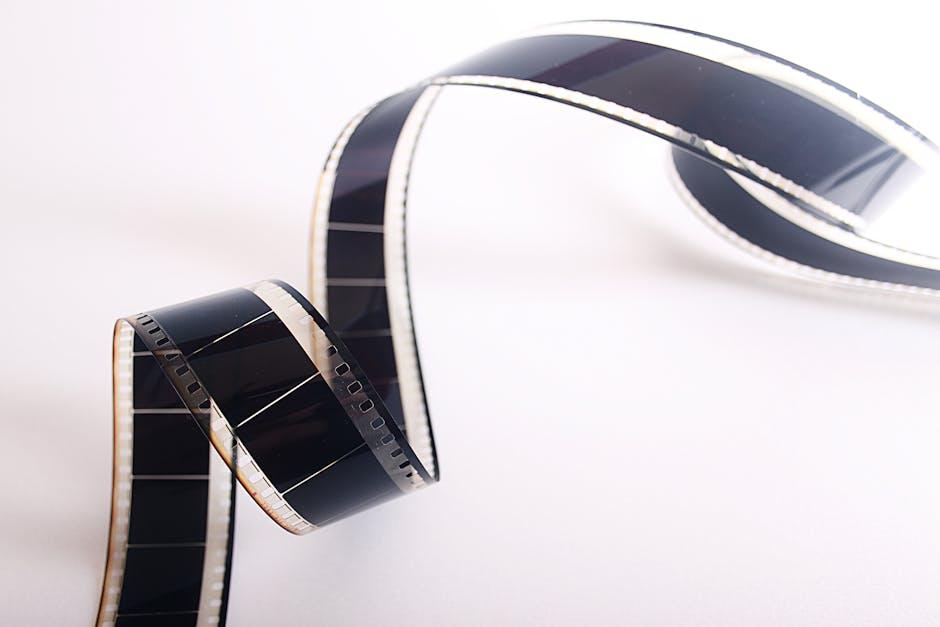In the ever-evolving landscape of cinema, filmmakers continually push the boundaries of storytelling, experimenting with narrative structures that deviate from conventional forms. From non-linear timelines to fragmented plotlines and unconventional character arcs, these avant-garde films often aim to offer fresh perspectives and profound insights. However, a critical question arises: Are such films, which challenge traditional storytelling, too niche for mass audiences? This article delves into the complexities of this question, examining the factors that influence audience reception, the historical context of narrative experimentation in film, and the delicate balance between artistic innovation and commercial viability. By analyzing case studies and industry trends, we aim to uncover whether these unconventional cinematic experiences can truly resonate with a broader audience or remain confined to a select, discerning viewership.
Audience Reception and Market Dynamics
When examining the reception of films that deviate from traditional storytelling, it’s crucial to consider the nuances of audience engagement and market dynamics. On one hand, these films often garner a dedicated following who appreciate the innovation and depth they bring. This segment of the audience typically values:
- Complex narratives that challenge their perceptions and provoke thought.
- Unique cinematic techniques that break away from conventional norms.
- Artistic expression that prioritizes creativity over mainstream appeal.
However, the broader market dynamics reveal a different picture. Mass audiences tend to gravitate towards films that offer familiarity and straightforward storytelling. This preference is driven by factors such as:
- Accessibility – Films that are easy to understand and follow.
- Predictability – Stories that provide a sense of comfort and reliability.
- Entertainment value – High-paced, visually appealing content that offers escapism.
Thus, while films that challenge traditional storytelling may be celebrated in niche circles and film festivals, their market performance often falls short of mainstream success due to these contrasting audience preferences.

The Evolution of Storytelling in Modern Cinema
In recent years, the boundaries of cinematic storytelling have expanded dramatically. Filmmakers are increasingly experimenting with narrative structures that deviate from the traditional three-act format. These avant-garde techniques include:
- Non-linear timelines: Films like “Pulp Fiction” and “Memento” shuffle the chronological order of events, compelling audiences to piece the story together.
- Multiple perspectives: “Rashomon” and “The Last Duel” offer different characters’ viewpoints on the same event, adding layers of complexity.
- Abstract narratives: Works such as “Mulholland Drive” and “The Tree of Life” embrace ambiguity and open interpretation, often leaving viewers with more questions than answers.
While these films are often celebrated by critics and cinephiles for their innovation, they can be polarizing for mainstream audiences. The demand for clear, cohesive storytelling remains strong, as evidenced by the enduring popularity of blockbuster franchises like the Marvel Cinematic Universe. However, the rise of streaming platforms has provided a space for niche narratives to find their audience, suggesting that while they may not dominate the box office, they are far from being relegated to obscurity.
Balancing Artistic Integrity with Commercial Viability
One of the perennial dilemmas in the film industry is striking a balance between artistic integrity and commercial viability. On one hand, filmmakers yearn to push the boundaries of traditional storytelling, creating unique and thought-provoking narratives. On the other hand, the economic realities of the industry often necessitate a more mainstream approach to ensure a broader audience appeal. This tension can be observed in the following aspects:
- Story Complexity: Films that challenge conventional storytelling often feature non-linear plots, ambiguous endings, or experimental techniques. While these elements can enrich the cinematic experience, they may also alienate viewers accustomed to more straightforward narratives.
- Character Development: Deep, multi-dimensional characters can add layers of meaning to a story but may also require more emotional and intellectual investment from the audience, which could limit mass appeal.
- Visual and Auditory Innovation: Innovative use of visuals and sound can enhance a film’s artistic value but might be too avant-garde for a general audience, potentially impacting box office performance.
Ultimately, the challenge lies in finding a middle ground where artistic vision can coexist with commercial success. Filmmakers who manage to do this not only enrich the cinematic landscape but also demonstrate that creativity and profitability are not mutually exclusive.

Strategies for Broadening Appeal without Compromising Creativity
Expanding the audience for films that deviate from traditional narratives without diluting their creative essence is a nuanced endeavor. Filmmakers can employ several strategies to achieve this balance:
- Universal Themes: Integrate themes that resonate universally, such as love, identity, or struggle. These core human experiences can bridge the gap between unconventional storytelling and broader audience appeal.
- Accessible Entry Points: Introduce elements that provide a familiar anchor for viewers, such as well-known actors or relatable settings, to ease them into more avant-garde aspects of the film.
- Engaging Visuals: Utilize striking cinematography and innovative visual techniques to captivate the audience’s attention, even if the narrative structure is non-traditional.
- Interactive Marketing: Leverage social media and interactive campaigns to generate curiosity and discussion around the film, making it a topic of interest beyond niche circles.
By blending these approaches, filmmakers can broaden their appeal while maintaining the integrity of their creative vision, ensuring that unique storytelling methods reach and resonate with a wider audience.































